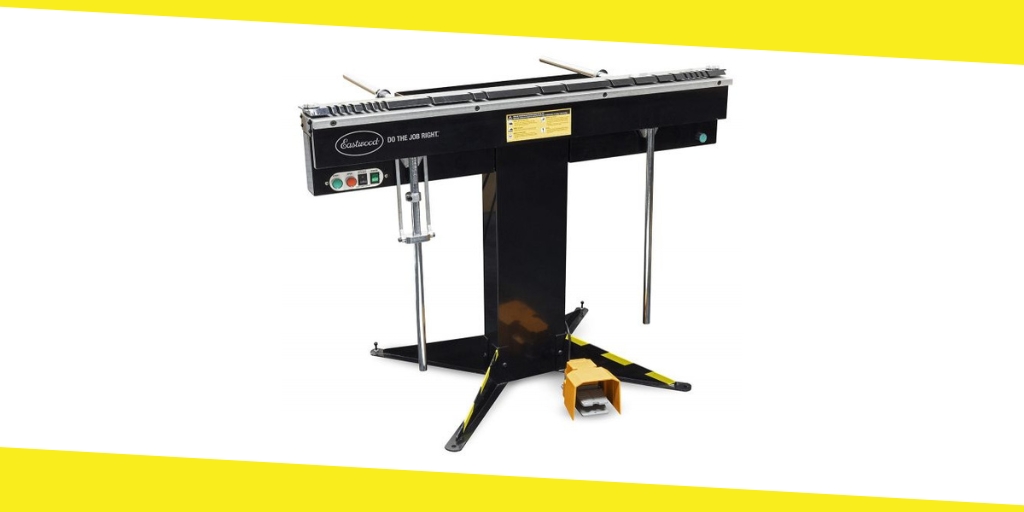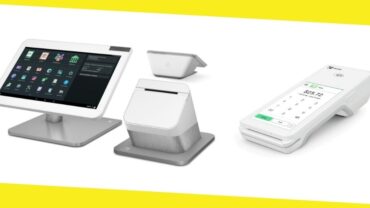10 Tips for Using a Metal Bending Brake Safely and Effectively

Metal bending brakes are essential tools for metalworking professionals who need to make precise bends in sheet metal. They are used in various automotive, aerospace, and construction industries. However, using a metal bending brake can be dangerous if not done correctly. In this article, we will go over ten tips for using a metal brake safely and effectively.
Tip #1: Wear Protective Gear
Before using a metal bending brake, make sure to wear appropriate protective gear, such as safety glasses, gloves, and steel-toed boots. This will help protect you from flying debris and accidental cuts.
Tip #2: Read the Manual
It’s essential to read the manual before using a metal bending brake, even if you have used one before. Every machine is different, and the manual will provide you with important safety information and operating procedures.
Tip #3: Check the Equipment
Before using a metal bending brake, inspect the machine to ensure everything is working. Check the alignment of the bed and clamp, the condition of the blades, and the hydraulic system. If you notice any damage or defects, do not use the machine and contact a technician for repair.
Tip #4: Choose the Right Material
Selecting the right material is crucial for successful metal bending. The thickness and hardness of the material can affect the bend angle and quality. Make sure to use the appropriate material for the job and consult the manual for recommended thicknesses and types of metal.
Tip #5: Use the Proper Tools
In addition to a metal bending brake, you may need other tools to achieve the desired bend. A planishing hammer, for example, can be used to smooth out any kinks or wrinkles in the metal. Make sure to use the proper tools for the job to avoid damage to the metal or the machine.
Tip #6: Use Proper Technique
Proper technique when using a metal bending brake is essential for safety and quality. Always use both hands to hold the material and keep your fingers away from the blades. Never force the metal through the brake; always use a gradual approach to achieve the desired bend.
Tip #7: Adjust the Clamp
The clamp on a metal bending brake is used to secure the material in place during the bending process. It’s essential to adjust the clamp properly to ensure a straight and even bend. Ensure the clamp is tight enough to hold the material in place but not so tight that it causes damage or distortion.
Tip #8: Position the Material Correctly
Properly positioning the material in the metal bending brake is crucial for achieving the desired bend angle and quality. Ensure the material is aligned with the bend line and that the edge of the material is flush against the clamp. This will help prevent slipping or distortion during the bending process.
Tip #9: Practice Good Housekeeping
Keeping a clean and organized work area is essential for safety and efficiency. Remove any debris or materials from the work area before using the metal bending brake. This will help prevent accidents and ensure that the machine operates smoothly.
Tip #10: Perform Regular Maintenance
Regular maintenance on your metal bending brake is essential for longevity and performance. This includes cleaning and lubricating the machine, checking the blades for wear and tear, and inspecting the hydraulic system for leaks. Regular maintenance will help prevent breakdowns and ensure the machine operates safely and effectively.
Tip #11: Use a Straightedge
A straightedge can help you achieve precise and consistent bends in sheet metal. Place the straightedge on the material to guide the bend line. This will help ensure that the bend is straight and even, reducing the risk of bending the material at an angle or causing it to buckle.
Tip #12: Use the Right Blade
Using the right blade is essential for achieving a clean and consistent bend. Different materials and thicknesses may require different blades, so consult the manual or a metalworking expert for guidance. Using the wrong blade can damage the material, cause it to slip, or cause the machine to malfunction.
Tip #13: Know When to Stop
Knowing when to stop bending the material is essential for preventing damage or distortion. Overbending the material can cause it to crack or deform, while underbending can leave it too stiff or hard to work with. Use a protractor or angle gauge to measure the bend angle and stop when you have achieved the desired angle.
By following these additional tips, you can improve the precision and quality of your metal bending projects while minimizing the risk of accidents or damage to the machine. Always prioritize safety and take precautions to protect yourself and others while using a metal bending brake.
Conclusion
Following these ten tips, a metal brake can be safe and effective. Wear protective gear, read the manual, check the equipment, choose the right material, use the proper tools, use the proper technique, adjust the clamp, position the material correctly, practice good housekeeping, and perform regular maintenance. By following these guidelines, you can achieve precise and consistent bends in sheet metal while minimizing the risk of accidents or damage to the machine.
Ready to use a metal bending brake in your metalworking projects? Ensure safe and precise bends by following these tips, and consider purchasing high-quality equipment and tools from a trusted seller.
Recommended For You
6 Trends That Will Take Clover POS to Next level in 2021
Most Inside
Most Inside offers high-quality recommendations and valuable updates to enhance all aspects of your life, providing premium guidance and enriching experiences.




